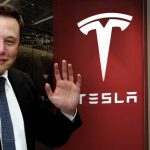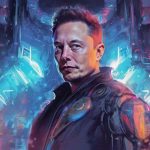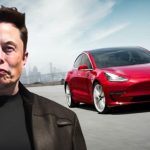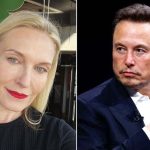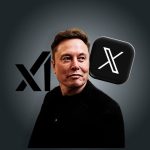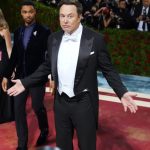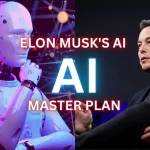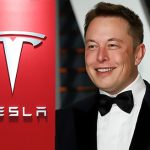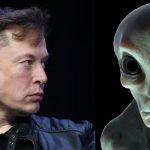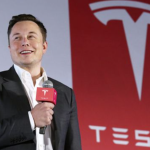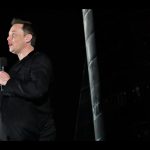Elon Musk and Visions of the Future
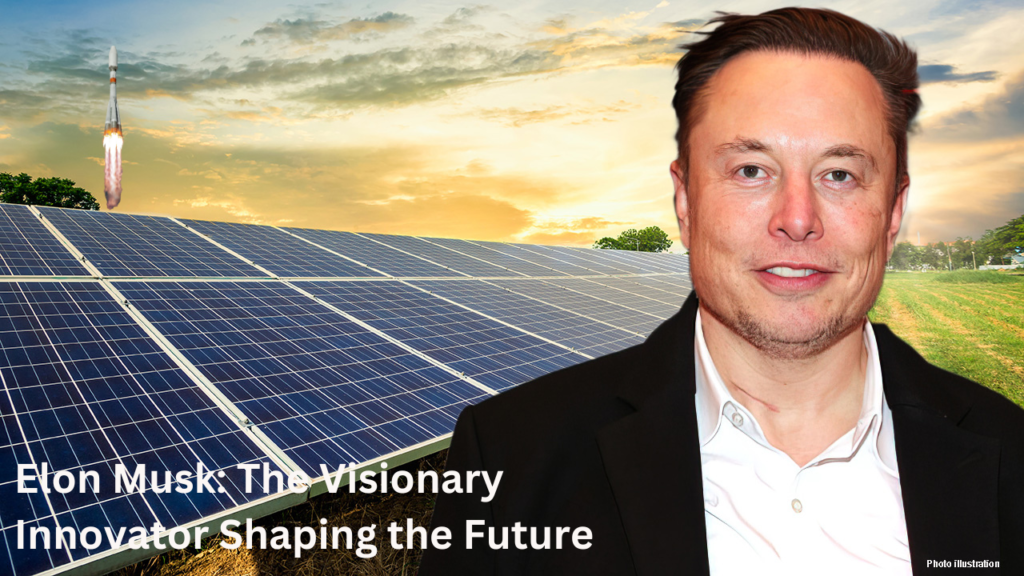
Elon Musk and Visions of the Future
Elon Musk—a name synonymous with innovation, ambition, and a relentless pursuit of what lies beyond the horizon. To anyone captivated by technology and the possibilities of tomorrow, Musk stands as a towering figure, a modern-day trailblazer whose vision transcends conventional limits. From Tesla’s groundbreaking electric cars revolutionizing transportation to SpaceX’s audacious conquest of the cosmos, and Neuralink’s bold quest to fuse the human mind with machines, Musk doesn’t just dream of the future—he’s actively building it. This article delves into the bold theories and predictions that define his legacy, offering a glimpse into the world he’s striving to create, one boundary-shattering idea at a time.
Self-Driving Cars and the Transportation Revolution
One of Elon Musk’s most celebrated—and polarizing—predictions centers on the rise of fully self-driving cars. He envisions a near future where vehicles operate with flawless autonomy, navigating roads with precision and safety that human drivers could never match. For Musk, this isn’t just about convenience; it’s a radical reimagining of how we move. He foresees a world where traffic accidents—a leading cause of death globally—are slashed to near-zero, thanks to algorithms that don’t get distracted or tired. Travel time shrinks as cars optimize routes in real-time, and commuters reclaim hours once spent gripping the wheel, free to work, relax, or dream during the journey.
Tesla, Musk’s flagship automotive venture, is the proving ground for this vision. Its Autopilot system, already deployed in millions of vehicles, offers a taste of what’s to come—features like adaptive cruise control, lane-keeping, and self-parking hint at the potential of full autonomy. Musk has boldly predicted that Tesla will achieve “Full Self-Driving” (FSD) capability within years, not decades, with software updates pushing the technology closer to perfection. Imagine summoning your Tesla from a parking lot via an app, watching it glide to your doorstep, or sending it to earn money as a robotaxi while you’re at work—Musk sees this as the future of transportation.
Yet, the road to this revolution is far from smooth. Legal hurdles loom large—who’s liable when an autonomous car crashes? Regulatory bodies like the U.S. National Highway Traffic Safety Administration have scrutinized Tesla’s claims, demanding rigorous testing and transparency. Technical challenges persist too; FSD must master unpredictable scenarios—think torrential rain, erratic pedestrians, or construction zones—where human intuition still outshines code. Critics argue Musk’s timelines are overly optimistic, pointing to delays and incidents like Tesla crashes linked to Autopilot misuse. Still, Musk presses on, undeterred, betting that persistence and data—billions of miles driven by Tesla’s fleet—will pave the way to a transportation utopia.

Mars and the Interplanetary Dream
If self-driving cars reimagine Earth’s roads, Musk’s grandest ambition—colonizing Mars—redefines humanity’s place in the universe. He believes that becoming a multi-planetary species isn’t just a sci-fi fantasy; it’s an existential imperative. Earth, he warns, faces threats—asteroid strikes, climate collapse, nuclear war—that could one day imperil civilization. Mars, the Red Planet, offers a backup plan, a second home where humanity can endure and evolve. Musk’s vision is nothing short of epic: a self-sufficient city on Mars, teeming with life, work, and culture, a beacon of human resilience against cosmic odds.
SpaceX, Musk’s aerospace juggernaut, is the engine driving this dream. At its heart is Starship, a colossal spacecraft designed to carry up to 100 people and vast cargo loads to Mars in a single trip. Unlike traditional rockets, Starship is fully reusable, slashing launch costs from tens of millions to mere millions—a game-changer for interplanetary travel. Musk has outlined ambitious timelines: unmanned missions to Mars by the late 2020s, followed by human landings soon after, with a goal of a million-person colony within decades. Picture domed habitats, solar farms, and Martian factories, all sustained by resources mined from the planet itself—Musk’s blueprint is as detailed as it is daring.
The challenges, however, are monumental. Mars’ thin atmosphere and freezing temperatures (-80°F on average) demand breakthroughs in life-support systems. Radiation poses a constant threat to settlers, requiring shielded habitats. Financially, the endeavor could cost trillions, relying on a mix of SpaceX profits, private investment, and perhaps government backing. Critics scoff at Musk’s optimism, citing NASA’s more cautious timelines and the sheer complexity of sustaining life off-world. Yet, Musk’s track record—turning SpaceX from a startup into a spacefaring giant—silences many doubters. His Mars dream has already ignited global imagination, inspiring a new generation to look skyward and ask, “Why not?”
Neuralink and the Intersection of Humans and Computers
While Tesla and SpaceX reshape the physical world, Neuralink ventures into the uncharted territory of the human mind. Founded in 2016, this company is developing brain-machine interfaces (BMIs)—tiny implants that connect neurons to computers, bridging biology and technology. Musk believes BMIs could revolutionize medicine and beyond, treating neurological disorders like Parkinson’s or epilepsy by rerouting brain signals. But his vision stretches further: enhancing memory, boosting intelligence, and even enabling telepathic communication—humans “thinking” to each other without words.
The potential is staggering. Imagine a paraplegic patient typing emails with their mind, controlling a robotic arm, or walking again via a neural exoskeleton—all possibilities Neuralink is exploring. Musk has showcased early successes, like a pig named Gertrude with an implant transmitting brain activity in real-time, or a monkey playing Pong using only its thoughts. He predicts that within a decade, BMIs could merge human cognition with artificial intelligence, creating a symbiosis that keeps us competitive with machines as AI grows smarter.
This frontier, though, is fraught with uncertainty. Neuralink’s technology is still in its infancy, with human trials only recently approved. Ethical questions swirl—could BMIs invade privacy, hack thoughts, or widen inequality if only the wealthy can afford them? Safety risks loom too; brain surgery, even minimally invasive, carries dangers of infection or rejection. Musk counters that the rewards outweigh the risks, framing Neuralink as a tool to unlock human potential and safeguard our species against an AI-dominated future. Whether it’s a cure or a leap into the unknown, Neuralink embodies Musk’s belief that no boundary—biological or otherwise—is too sacred to push.
Sustainable Energy and a Green Future
Musk’s vision isn’t all about far-off planets or futuristic tech; it’s grounded in an urgent mission to save the one planet we’ve got. A fierce advocate for sustainable energy, he sees fossil fuels as a ticking clock, driving climate change and ecological ruin. His solution? A global shift to clean energy—solar, wind, and beyond—powered by innovation and scale. Tesla isn’t just about cars; it’s a spearhead for this revolution, producing electric vehicles (EVs) that have already offset millions of tons of CO2 emissions.
Beyond EVs, Tesla’s Solar Roof tiles and Powerwall batteries aim to decarbonize homes, storing sunlight to power everything from lights to appliances. The Gigafactory network—massive plants churning out batteries at unprecedented scale—drives down costs, making renewables accessible to millions. Musk envisions a future where entire cities run on clean energy grids, where fossil fuels are relics, and where humanity thrives in harmony with Earth. “We need to accelerate the transition,” he’s said, framing it as a race against environmental collapse.
This vision isn’t without skeptics. Scaling renewables to replace oil and gas demands vast infrastructure—think millions of solar panels and wind turbines—plus breakthroughs in energy storage to handle cloudy days or still nights. Critics point to Tesla’s occasional production hiccups or the environmental footprint of battery mining. Yet, Musk’s impact is undeniable: Tesla’s success has spurred rivals like Ford and VW to electrify their fleets, and solar adoption is soaring globally. His green future is taking root, one panel and one EV at a time.
Challenges and Criticisms
For all their allure, Musk’s visions face a barrage of challenges and critiques. His timelines—self-driving cars by 2018, Mars colonies by 2024—often slip, earning him a reputation for overpromising. Technical hurdles, from autonomous driving’s edge cases to Mars’ hostile terrain, test his optimism daily. Financially, his ventures burn cash; SpaceX and Tesla have flirted with bankruptcy more than once. Ethically, Neuralink raises dystopian fears—mind control, surveillance—while self-driving cars spark debates over jobs lost to automation.
Critics call him a dreamer detached from reality, a showman whose charisma outpaces his results. Supporters counter that his “failures” are stepping stones—SpaceX’s early rocket explosions led to today’s reusable marvels. Love him or loathe him, Musk’s contributions are tangible: Tesla’s EVs dominate roads, SpaceX launches outpace nations, and Neuralink’s experiments push science forward. His ideas may be bold, but they’ve already shifted the world’s trajectory.
Conclusion
Elon Musk is more than an innovator—he’s a visionary who dares to challenge the impossible. His predictions—self-driving cars, Martian cities, brain-computer fusion, a green planet—may sound like science fiction, but they spark vital conversations about humanity’s future. He’s not flawless; his ambitions stumble, his deadlines slip, and his critics grow louder. Yet, through it all, Musk persists, driven by a belief that boundaries are meant to be broken.
Whatever lies ahead—whether autonomous highways, Martian sunrises, or minds melded with machines—Musk will remain a central figure, shaping tomorrow with the same audacity that’s defined his past. His visions aren’t just theories; they’re a call to action, a challenge to us all: dream bigger, push harder, and build the future we want to see.
